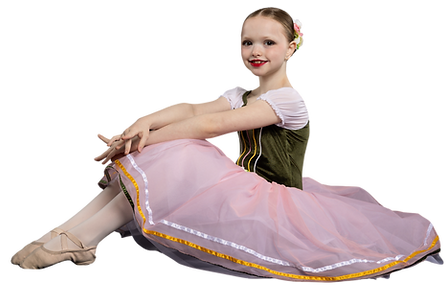What is Jazz Dance?
- Principal
- Oct 19, 2021
- 2 min read
At the Anchorage Classical Ballet Academy we offer a variety of classes even though Ballet is our core focus. Jazz is so much fun!
Every style has specific requirements and is a little different. Ballet and tap are well known but we frequently get asked “what is jazz dance?”
Style of Movement
Jazz dance emerged at the turn of the 20th century when African American dancers began blending traditional African steps with European styles of movement. Jazz dance has West African roots just like jazz music but jazz music is not the center of this dance style. A wide variety of music is used in jazz dance. Traditional jazz dance features movements like the Charleston and the Lindy Hop, but current jazz favors sharp, clean movements and isolations. Jazz dance distinguishes itself by the style of movement. Ballet focuses on turned-out legs; jazz focuses more on parallel. Tap has stiff shoes with metal plates on the bottom; jazz has soft shoes with a slight grip. Ballet movements are smooth and controlled while jazz leans toward sharp, high-energy movements. Jazz still works with the turnout and has similar terminology to ballet, but it has its own flair.
Characteristics of Jazz Dance
Isolations - Isolations are movements that involve only one part of the body at a time, particularly the ribs, hips, shoulders, and head. In jazz class, you’ll often see dancers warming up with dynamic stretches, isolations, and across-the-floor movements. Isolations were first introduced to jazz dance by Katherine Dunham, a dancer and choreographer. Isolations were further developed and outlined by Jack Cole, Matt Mattox, and Bob Fosse.
Dynamic Movement - Dynamic movements are a characteristic that clearly separates jazz dance from other styles and is an important element of jazz dance. Students perform with a low center of gravity and soft knees to maintain balance and clean transitions from one movement to the next.
Rhythm - Rhythm has remained a significant characteristic in commercial jazz that you see today in Broadway jazz, contemporary jazz, and street jazz.
Brief History of Jazz Dance
Jazz dance is rich with history. In the 1930/40s, the big bands of the swing era popularized jazz dance. The West Indies introduced a Spanish influence, leading to Latin-inspired jazz music, as well as dance. Jack Cole led the modern jazz movement shift in the 1950s before the American and European stage and social dance altered the style in the following years. This history continues to be felt today in current jazz numbers showcasing how music and dance evolve together.
Of course, the best way to know what jazz dance is will be to see it for yourself. Luckily, the Anchorage Classical Ballet Academy offers FREE trial classes so that you can find the right styles of dance for you.













